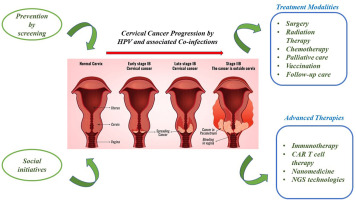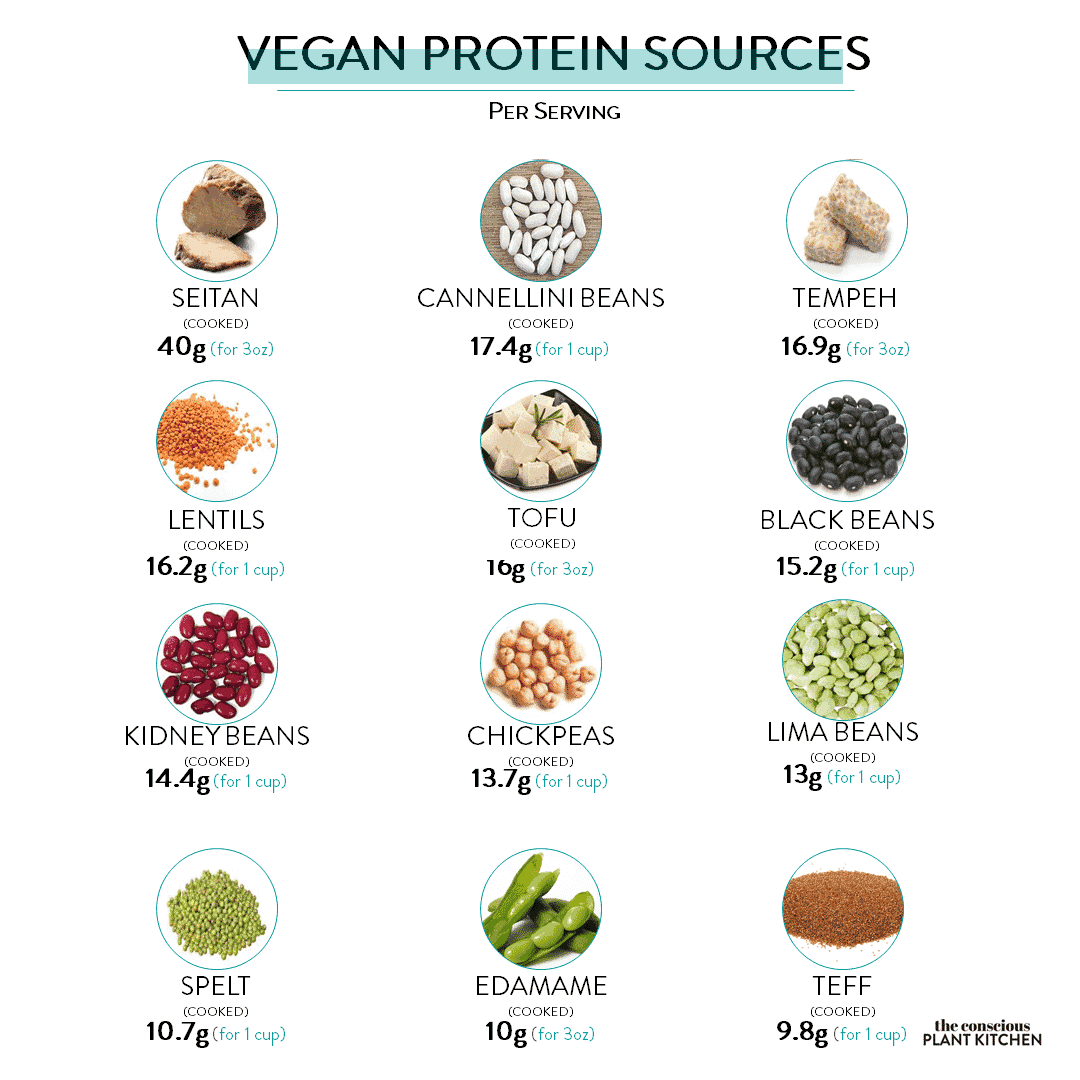
Thanksgiving is one the most important holidays. There are plenty of vegan options if you want to make it a memorable holiday. Vegan Thanksgiving recipes are as delicious as traditional meals, including green bean casserole, cranberry and cornbread stuffing and pumpkin bundt. In this article I will share some of my favorite vegan Thanksgiving recipes. Different varieties may be appropriate depending on the number you are serving.
Cranberry sauce
You can make cranberry savories with many plant-based ingredients. Traditionally, vegans make the sauce with apples and pecans. But it can also be made using a variety other vegetables. You can also make the stuffing vegan by using cauliflower. This is low-calorie, paleo-friendly, and delicious. You can pair the sauce with almost any type of meal, including roast turkey and cornbread stuffing.

Green bean casserole
You can make a vegan version if you're not a vegetarian but still love green beans. This vegan version features creamy mushroom sauce, crisp fried onions, green beans, and a crispy fried onion. This vegan casserole can easily be made ahead. Before you cook the green beans, it is essential to boil water and trim them. In this recipe, canned beans are also possible. To make the green bean mixture soft, heat some garlic and mushrooms over medium heat in a small saucepan. Once the mushrooms and garlic are softened, stir in the sauce and the rest of the ingredients and combine well.
Cornbread stuffing
The cornbread can be incorporated into a vegan-friendly version of Thanksgiving. First, make the cornbread. Afterward, let it cool on the counter for several hours or overnight, and then cut it into one to two-inch cubes. Put the stuffing in the oven for 30 minutes when you are ready to put it together. This will ensure that it doesn't get too soggy.
Pumpkin bundt cake
Vegan pumpkin bundt cakes can be made using soy margarine and flour that are dairy-free. You can also use plant-based milk, applesauce, and vanilla extract, but be sure not to overmix them. Next, combine the pumpkin puree with powdered Sugar and almond milk until they are well blended. A few drops of food coloring can be added to the batter. Bake for 35 minutes. To serve, drizzle the cake with a glaze made of powdered sugar, orange juice, and vanilla extract.
Sweet potato veg meatballs
A simple one-pan meal, Sweet Potato Veggie Meatballs are a delicious and healthy alternative to traditional turkey and stuffing. The soup makes it quick and easy to cook the meatballs. The meatballs taste great served hot or cold. They are also a great snack after a workout. A dipping sauce and side salad are a great way to make this a complete meal.

Butternut squash centerpiece
This simple vegan recipe for butternut squash can make a delicious centerpiece for Thanksgiving dinner. This naturally sweet vegetable is great with cinnamon and sage. You can serve this vegetable as an entree, main course, or side dish. The fiber in butternut squash can help improve digestion and your skin and hair. It makes a great choice for any holiday party.
FAQ
How can I get enough vitamins?
The majority of your daily nutritional needs can be met solely through diet. Supplements can be beneficial if you are missing a specific vitamin. A multivitamin supplement can provide all the vitamins you require. You can also purchase individual vitamins from your local pharmacy.
Talk to your doctor if you have concerns about getting enough nutrients. Some examples of rich sources of vitamins E and K include dark green leafy vegetables, such as spinach.
Ask your doctor to help you determine the right amount of vitamin. Based on your medical history, and current health status, your doctor will recommend the right dosage.
How can you live your best life every day?
To live a happy life, the first step is to discover what makes you happy. You can then work backwards once you have identified your happiness. You can also ask other people how they live their best lives every day.
You can also find books such as "How to Live Your Best Life" written by Dr. Wayne Dyer. He talks about finding happiness in all areas of your life and finding fulfillment.
Does being cold give you a weak immune system?
Cold weather can cause a decline in your immune system. Your body makes less white blood cell to fight infection. But, cold makes you feel better. Your brain releases endorphins that reduce pain.
How does an antibiotic work?
Antibiotics are medications that kill harmful bacteria. To treat bacterial infections, antibiotics are used. There are many types of antibiotics. Some are administered topically, while others are given orally.
For people who have been exposed, antibiotics are often prescribed. To prevent shingles, an oral antibiotic may be prescribed to someone who has had chicken pox. A penicillin injection might be given to prevent pneumonia in someone who has had strep.
When antibiotics are given to children, they should be given by a doctor. The possibility of side effects that can cause serious side effects in children is greater than for adults.
Diarrhea, the most common side-effect of antibiotics, is probably diarrhea. Side effects of antibiotics include diarrhea, stomach cramps and nausea. These side effects are usually gone once the treatment has finished.
Is being cold bad for your immune system?
There are two types of people in the world: those who love winter and those that hate it. But, regardless of whether you love or loathe winter, you might be wondering why it makes you miserable.
The answer lies in the fact that our bodies are designed to function best during warm weather. Hot climates are where our food sources are most plentiful, and we evolved to thrive there.
Today's environment is vastly different from the one our ancestors experienced. We spend a lot more time indoors, and are more likely to be exposed to extreme temperatures like heat and cold.
Our bodies aren’t accustomed to extreme temperatures anymore. So, when we do venture out into the outdoors, we often feel exhausted, sluggish or even sick.
There are many ways to avoid these side effects. Staying hydrated is one way to combat this. Drinking plenty of water will help you keep your body hydrated and flush out toxins.
Another important step is to ensure that you're eating healthy meals. Consuming healthy food helps maintain your body's optimal temperature. This is particularly helpful for anyone who spends long periods of time inside.
Consider taking a few moments each morning to meditate. Meditation helps you relax your mind and body, which makes it easier to deal with stress and illness.
What can you do if your immune system is weak?
The human body is composed of trillions if not billions of cells. These cells collaborate to form tissues and organs that perform specific functions. Another cell takes its place when a cell dies. Cells communicate with one another using chemical signals called hormonal hormones. Hormones regulate all bodily functions from growth and developmental to metabolism and immunity.
Hormones refer to chemicals secreted in glands throughout the body. They are messengers that help control how our bodies operate. Some hormones can be produced within the body while others can be made outside.
Hormone production begins when a hormone-producing gland releases its contents into the bloodstream. Once hormones have been released, they travel through the body to their intended organ. In some cases, hormones remain active only for a short period of time. Some hormones remain active for longer periods of time and can continue to have an impact on the body's function long after they are gone.
Some hormones are produced in large quantities. Some hormones can be produced in large amounts.
Some hormones are produced at certain times during life. For instance, estrogen is produced during puberty, pregnancy, menopause, and old age. Women can get estrogen to build breasts, prevent osteoporosis, and keep their bones healthy. Estrogen promotes hair growth, and skin stays soft and smooth.
Statistics
- According to the Physical Activity Guidelines for Americans, we should strive for at least 150 minutes of moderate intensity activity each week (54Trusted Source Smoking, harmful use of drugs, and alcohol abuse can all seriously negatively affect your health. (healthline.com)
- This article received 11 testimonials and 86% of readers who voted found it helpful, earning it our reader-approved status. (wikihow.com)
- WHO recommends reducing saturated fats to less than 10% of total energy intake; reducing trans-fats to less than 1% of total energy intake; and replacing both saturated fats and trans-fats to unsaturated fats. (who.int)
- nutrients.[17]X Research sourceWhole grains to try include: 100% whole wheat pasta and bread, brown rice, whole grain oats, farro, millet, quinoa, and barley. (wikihow.com)
External Links
How To
What does the "vitamin") mean?
Vitamins are organic compounds that can be found in foods. Vitamins help us absorb nutrients in the foods we consume. Vitamins cannot come from the body so food must provide them.
Two types of vitamins exist: water soluble and oil soluble. Water-soluble vitamins dissolve in water easily. Examples include vitamin C,B1 (thiamine), B2 (riboflavin), B3 (niacin), B6 (pyridoxine), folic acid, biotin, pantothenic acid, and choline. The liver and fatty tissue are the main storage places for fat-soluble vitamins. Examples include vitamin D, E, K, A, and beta carotene.
Vitamins can be classified by their biological activity. There are eight major types of vitamins.
-
A – Essential for normal growth, and the maintenance of good health.
-
C is important for nerve function and energy production.
-
D - essential for healthy teeth and bones.
-
E - required for good vision & reproduction.
-
K - Essential for healthy muscles and nerves.
-
P – vital for building strong bones.
-
Q - aids digestion and absorption of iron.
-
R - necessary for making red blood cells.
The recommended daily allowance of vitamins (RDA), varies depending upon age, gender, physical condition, and other factors. The U.S. Food and Drug Administration (FDA) sets the RDA values.
For adults 19 years and over, the RDA vitamin A intake is 400mg/day. For fetal development, pregnant women require 600 micrograms per daily. Children ages 1-8 require 900 micrograms per day. Babies under one-year old need 700 micrograms per daily. Between 9 and 12 month, however, this drops to 500 mg per day.
Children aged between 1-18 years old who are obese require 800 micrograms per Day, while overweight children need 1000 micrograms every day. Children underweight or obese will require 1200 micrograms a day to meet their nutritional requirements.
Children aged 4-8 years old who have been diagnosed as having anemia require 2200 micrograms of vitamin C per day.
Adults over 50 years of age need 2000 micrograms per day for general health. Women who are pregnant or breastfeeding need 3000 micrograms per day due to increased nutrient requirements.
Adults over 70 need 1500 micrograms daily, since they lose around 10% of their muscle mass every decade.
Women who are pregnant or lactating need more than the RDA. Pregnant woman need 4000 micrograms daily in pregnancy and 2500 per day after childbirth. Breastfeeding moms need 5000 micrograms per daily when breastmilk production occurs.